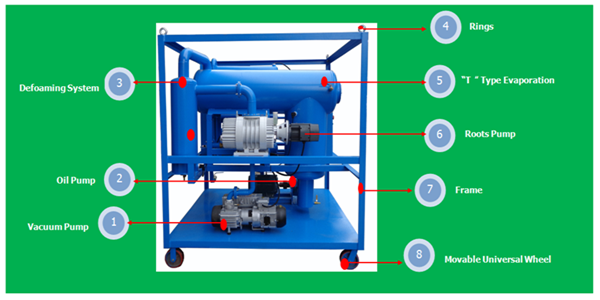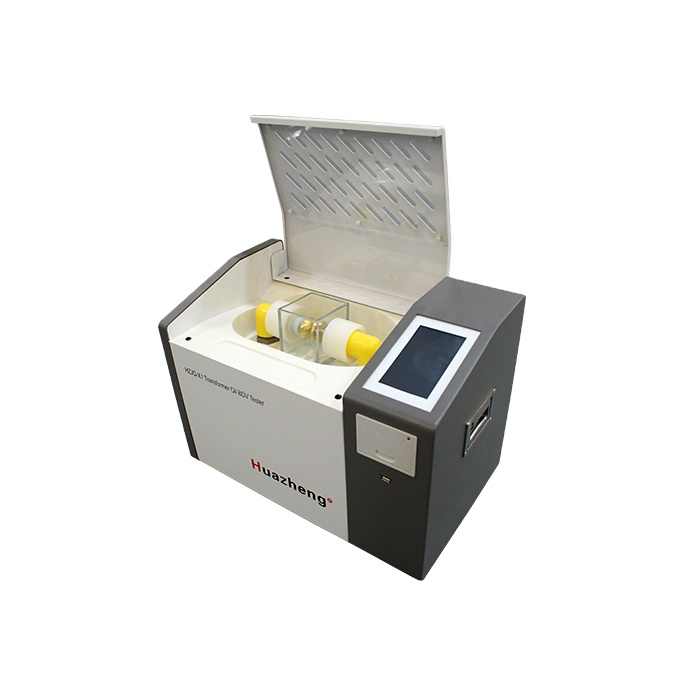Efficient Transformer Oil Recovery: Fixing Oil Quality and Sustainability
Efficient Transformer Oil Recovery: Fixing Oil Quality and Sustainability
Blog Article
Recognizing Dielectric Transformer Oil: Important Advantages and Makes Use Of
Dielectric transformer oil serves as a vital element in the procedure of electrical transformers and high-voltage tools, working mostly as an insulating medium. As we explore the several benefits and usages of dielectric transformer oil, one should take into consideration how its role affects not just tools integrity, however also wider operational factors to consider.
What Is Dielectric Transformer Oil?
Dielectric transformer oil is a specialized protecting fluid made use of in electric transformers and various other high-voltage electric equipment. Unlike standard oils, dielectric oil is specifically formulated to possess high dielectric stamina, which enables it to hold up against significant electric anxiety without carrying out electrical energy.
Usually stemmed from mineral oil or synthetic resources, dielectric transformer oil satisfies rigid market requirements for purity and efficiency. Its chemical structure is carefully designed to lessen the danger of oxidation and destruction over time, which is important for maintaining the oil's shielding buildings.
In addition to its shielding attributes, dielectric transformer oil offers as a coolant, soaking up and moving warm generated by electric components during procedure. On the whole, dielectric transformer oil is a vital element in the secure and trusted procedure of electrical facilities.

Secret Advantages of Dielectric Oil
While dielectric transformer oil serves crucial features in electric systems, its benefits prolong beyond simple insulation and air conditioning. Among the main benefits of dielectric oil is its high dielectric toughness, which efficiently protects against electric malfunction, ensuring the secure operation of transformers and other high-voltage devices. This property is crucial in maintaining the reliability and long life of electrical systems.
In addition, dielectric oil has superb thermal conductivity, enabling effective heat dissipation. This characteristic minimizes the danger of overheating, hence extending the lifespan of transformers and minimizing upkeep prices. The oil's chemical stability and resistance to oxidation contribute to its longevity, making sure regular efficiency over time.
Another significant benefit is its capacity to subdue arcing and corona discharge, which can damage electric elements. By supplying a stable tool for electric energy transfer, dielectric oil enhances operational security.

Applications of Dielectric Transformer Oil
Dielectric transformer oil plays a pivotal duty in different applications within the electrical industry, primarily due to its special protecting and cooling residential or commercial properties. Among its key uses is in power transformers, where it serves to help with and protect internal components heat dissipation. This is essential in maintaining operational efficiency and long life.
In enhancement to power transformers, dielectric oil is additionally made use of in distribution transformers, making sure risk-free and reputable energy circulation. Its high dielectric stamina avoids electrical discharges, thereby lowering the threat of failures and enhancing system reliability. Dielectric transformer oil is employed in activators and capacitor banks, where it executes similar functions, securing sensitive tools from electrical breakdown.

Upkeep Considerations
Proper upkeep of dielectric transformer oil is vital to guarantee ideal efficiency and longevity of electric devices. Normal tracking of the oil's physical and chemical properties is critical to find any destruction that might harm the insulation and cooling capacities. Secret criteria to examine include wetness content, acidity, and dielectric toughness.
Regular tasting and laboratory evaluation can identify the existence of contaminants such as dissolved gases, company website particulates, and oxidation results. These analyses assist in determining the oil's condition and whether it calls for treatment or replacement. Purification systems can be employed to eliminate particulates and dampness from the oil, restoring its shielding properties and prolonging its life-span.
Additionally, preserving correct operating temperatures is vital; too much heat can accelerate oil deterioration (dielectric transformer oil). Executing temperature level monitoring systems can assist in finding getting too hot conditions early
Environmental Effect and Security
In analyzing the environmental impact and security of dielectric transformer oil, it is necessary to take into consideration both its composition and potential risks. Usually obtained from mineral or artificial sources, dielectric oils can differ substantially in their ecological footprint. Standard mineral oils, while reliable as insulators, might present threats if launched right into the atmosphere, as they can pollute soil and water. On the other hand, naturally degradable synthetic oils provide a more ecologically friendly alternative, reducing the risk of ecological damages in instance of leakages or spills.
Security issues primarily focus on flammability and poisoning. Dielectric oils can be combustible, demanding correct storage and handling treatments to alleviate fire risks. Furthermore, particular additives used in transformer oils might introduce toxicological threats, highlighting the value of selecting oils with desirable security accounts.
Regulative compliance is likewise essential (dielectric transformer oil). Sticking to ecological guidelines and safety standards makes sure that the use of dielectric transformer oils lessens negative effect on human wellness and the community. Finally, understanding the ecological effects and security methods connected with dielectric transformer oils is vital for liable usage in electrical applications
Final Thought
In recap, dielectric transformer oil offers as a critical part in boosting the safety and security and performance of electric transformers and high-voltage tools. Factor to consider of ecological influence and safety and security additional highlights the value of dielectric transformer oil in contemporary electrical facilities.
Dielectric transformer oil serves as an essential component in the operation of use this link electric transformers and high-voltage tools, working mostly as a protecting tool. Dielectric transformer oil is a specialized insulating fluid made use of in electric transformers and other high-voltage electrical equipment. Unlike standard oils, dielectric oil is especially developed to possess high dielectric strength, which allows it to stand up to considerable electrical stress and anxiety without performing electrical energy.
One of the main advantages of dielectric oil is its high dielectric toughness, which successfully avoids electric malfunction, making sure the safe procedure of transformers and other high-voltage equipment.In recap, dielectric transformer oil serves as a crucial part in improving you could check here the safety and security and effectiveness of electrical transformers and high-voltage tools.
Report this page